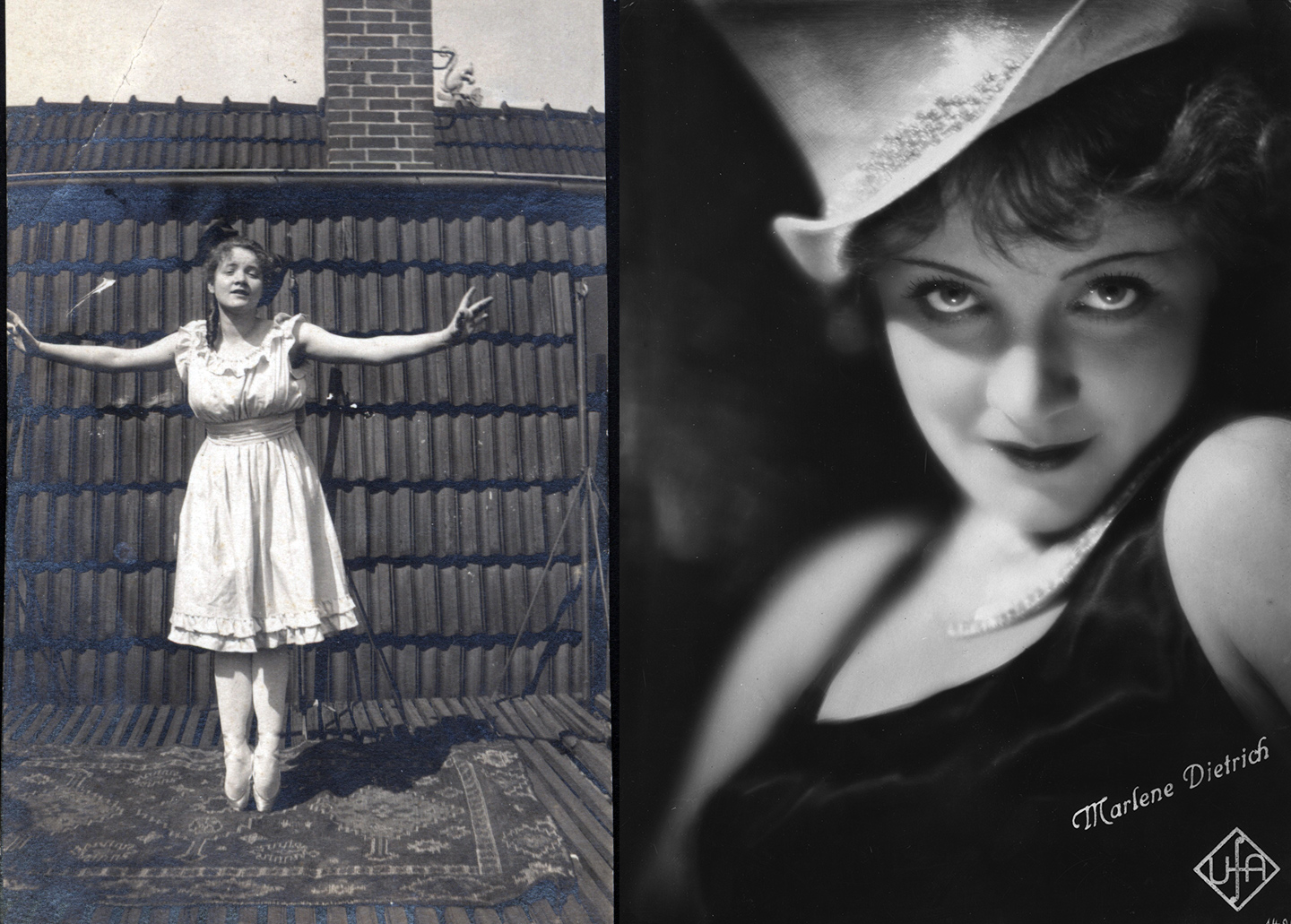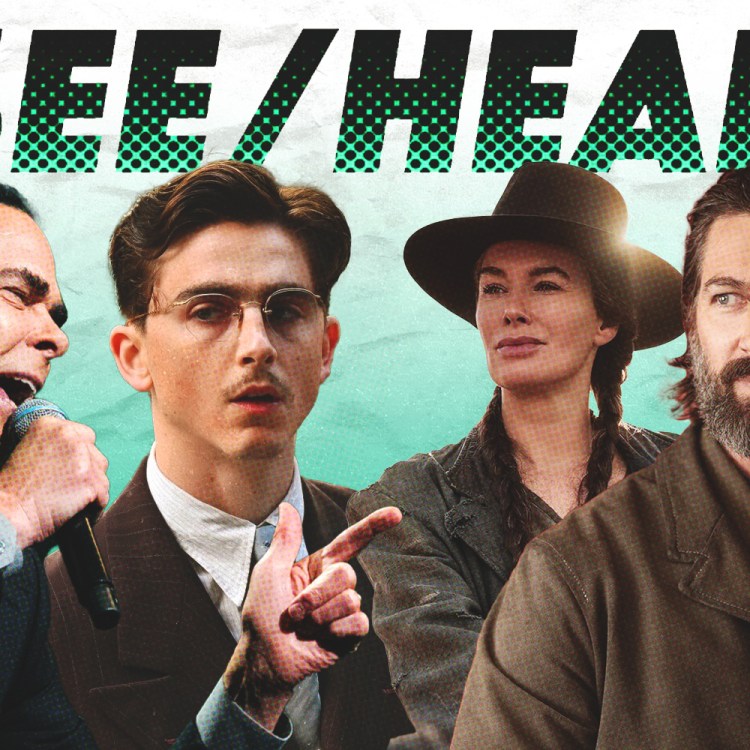Hollywood icon Marlene Dietrich was ahead of her time, curating an androgynous image (and legacy), both on and offscreen, that would live on long after she was gone.
As Smithsonian notes, Dietrich is currently the subject of an exhibit at the National Portrait Gallery in Washington, D.C.—the first of its kind—that looks at how the early Hollywood starlet evolved both as a Hollywood sex symbol and political force.
For one, Dietrich was bisexual off the screen, but kept that fact private for fear of losing her job (she no doubt paved the way for modern actresses like Evan Rachel Wood, who came out as bisexual earlier this year).

(l) Marlene Dietrich by Joël-Heinzelmann Atelier, 1918 (r) Marlene Dietrich [in gymnastics dress] by Unidentified Artist, 1910 (Courtesy Smithsonian National Portrait Gallery)
She was also a major political force, an early, vocal critic of the Nazis, and would end up winning a Medal of Freedom for her 500-plus appearances entertaining U.S. troops over an 18-month period during World War II. Often, she would risk her life performing for troops near the front lines.
The exhibit, “Marlene Dietrich: Dressed for the Image,” gets its name from Dietrich’s famous quote: “I dress for the image. Not for myself, not for the public, not for fashion, not for men.”
Take a look at some of the 40-plus images that the National Portrait Gallery will have on display below.

(l) Marlene Dietrich by Unidentified Artist, 1918 (r) Marlene Dietrich [Blue Angel close-up] by Unidentified Artist, 1929-1930 (Courtesy Smithsonian National Portrait Gallery)

Marlene Dietrich in “Morocco” by Eugene Robert Richee, 1930 (Courtesy Smithsonian National Portrait Gallery)

Marlene Dietrich in “Dishonored” by Eugene Robert Richee, 1930 (Courtesy Smithsonian National Portrait Gallery)

Marlene Dietrich on the SS Europa by Paul Cwojdzinski 1933 (Courtesy Smithsonian National Portrait Gallery)

(l) Marlene Dietrich as Shanghai Lily, in “Shanghai Express” by Don English (r) Marlene Dietrich, 1940, for “Seven Sinners” by Unidentified Artist (Courtesy Smithsonian National Portrait Gallery)

Marlene Dietrich in “Seven Sinners” by John Engstead, 1940 (Courtesy Smithsonian National Portrait Gallery)

(l) Marlene Dietrich passionately kissing a GI as he arrives home from World War II, New York by Irving Haberman, 1945 (r) Marlene Dietrich posing with her Jeep by Unidentified Artist, 1944 (Courtesy Smithsonian National Portrait Gallery)

(l) Marlene Dietrich with Parachutists by George Horton, 1945 (r) Marlene Dietrich by Milton Greene , 1952 (Courtesy Smithsonian National Portrait Gallery)

Marlene Dietrich kissing Edith Piaf by Unidentified Artist (Courtesy Smithsonian National Portrait Gallery)

Marlene Dietrich by Irving Penn, 1948 (Courtesy Smithsonian National Portrait Gallery)
copy photo by Jen Harris

Marlene Dietrich by George Hurrell, 1937 (Courtesy Smithsonian National Portrait Gallery)

Marlene Dietrich Broadcasting with Army by Unidentified Artist, 1944 (Courtesy Smithsonian National Portrait Gallery)
This article appeared in an InsideHook newsletter. Sign up for free to get more on travel, wellness, style, drinking, and culture.



































